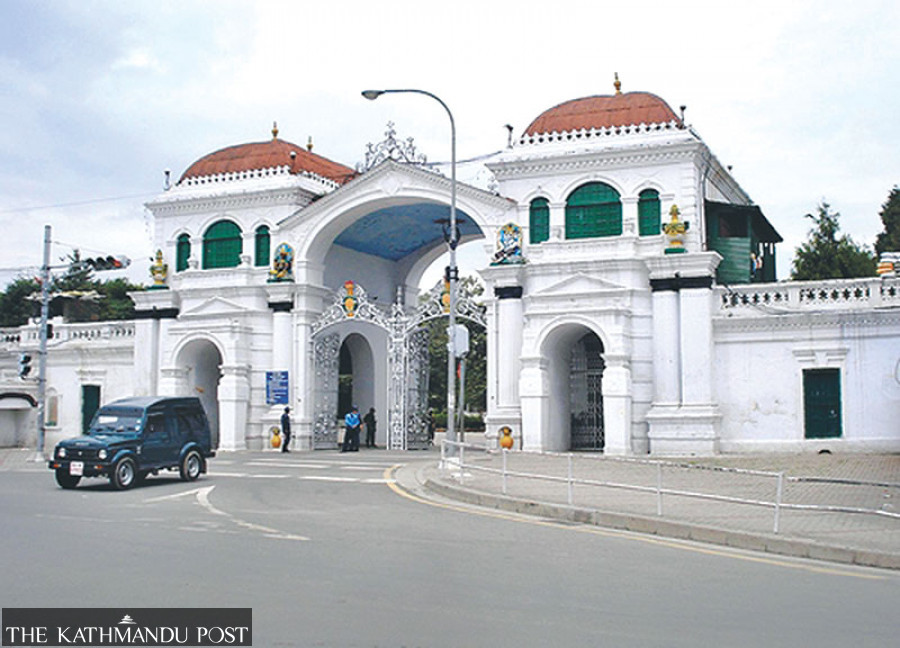National
What ails five-year-old provinces?
Provincial governments were largely non-performers but non-cooperation from Singha Durbar is to blame, leaders say.
Binod Ghimire
When Nepal elected three tiers of government—local, provincial and federal—about five years ago, the country was officially on the path of the federal system as charted by the constitution promulgated in September 2015.
After the 2017 elections, the country saw 753 local governments and seven provincial governments, with the federal government in Kathmandu in the new dispensation.
When new elections are held on May 13, all 753 local units will have a new set of representatives. Despite constraints and criticism, local governments, observers say, by and large managed to execute their work.
Barring some cases, local governments’ efforts in providing relief and quarantine services to the people during the Covid pandemic, and supporting the agriculture and social sectors have proved their importance.
“In a nutshell, the performance of local governments was satisfactory,” Khim Lal Devkota, an expert on fiscal federalism who is also a member of the National Assembly, told the Post. “They could have done better had the federal government facilitated the law-making process on time or allocated necessary human resources.”
According to experts, the second tier of government in the seven provinces appeared to have been groping in the dark for the last four years.
Local structures, though not as strong as they are now, have been in existence for long—first as panchayats and then as village development committees and municipalities, and provinces were entirely new, which is why they couldn’t perform as expected, experts say.
Devkota says the non-cooperation of the federal government basically left the provincial governments hobbling.
The constitution enlists 21 explicit authorities of the provincial governments. However, they have not been able to exercise most of them either for lack of laws or due to the reluctance of the federal government in devolving power.
The core responsibility of provincial governments is to maintain law and order, and for this provinces need to have their own police force.
However, no provincial government has been able to enjoy the authority listed in the first number. A Federal Police Act is necessary for dividing the powers between the federal and provincial governments over the appointment of police personnel. However, such law is yet to be promulgated. Instead, the federal government has been hiring police personnel—from constables to inspectors.
The Madhes Province on February 13 challenged the decision at the Supreme Court. It has claimed authority in hiring police personnel. The Madhes Province so far has filed seven writ petitions at the Supreme Court demanding that the federal government stop encroaching on its jurisdiction.
Other than the police, managing provincial civil service, health service, developing water and irrigation facilities and roads at the provincial level too are explicit authorities of provincial governments. However, there is no Federal Civil Service Act in place while the federal government has been constructing rural roads on its own.
Provincial governments can devise laws, but that should be consistent with the federal law.
Article 57 (6) of the constitution says that law drafted by the provincial assembly should align with the federal law and clauses contradicting the federal law will be invalid to the extent of such contradiction.
On different occasions, the federal government has issued circulars to provincial and the local governments not to draft laws until the federal laws are in place.
Explaining why federalism hasn’t worked effectively, Umesh Mainali, a former secretary and former chairperson of the Public Service Commission, said even those who fought for federalism have neither respect for nor faith in it.
“Their actions and speeches show federalism was the result of a compromise,” he said at a function on Wednesday. “There is a mindset that provincial and local governments are units under the federal government.”
Though the provincial governments have the authority to construct rural road networks and handle health services, former prime minister KP Sharma Oli in April last year virtually laid foundations for 165 rural roads from Kathmandu. A year ago in December 2020, he laid the foundation for 396 five- to 15-bed hospitals across the country.
“The tendency to centralise power and resources has led to poor performance of the other two tiers of government,” said former chief secretary Bimal Prasad Koirala.
Leaders at the provincial level agree that they haven’t been able to perform as expected. They, however, claim that they have at least been able to set the foundation of provincial governments.
“If there was support and cooperation from the federal government, we could have performed better,” Nawal Kishore Sah, a former minister for social development in Madhes Province, told the Post.
“However, we have been able to lay the foundation. The new government that comes after elections will have an easy way. Challenges continue to remain though because of a lack of umbrella laws and centralised mindset of Kathmandu leaders.”




 14.12°C Kathmandu
14.12°C Kathmandu




%20(1).jpg&w=200&height=120)








%20(1).jpg&w=300&height=200)

